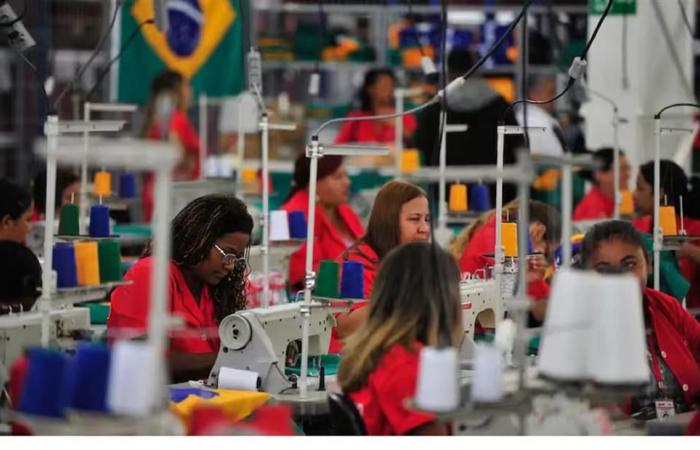The figure represents an increase of 1.1 percent compared to 2022, when there were 99.6 million employed people, and 12.3 percent compared to 2012 (89.7 million).
According to the research, in 2023, the percentage of employees with a signed portfolio in the private sector grew again, reaching the highest number in the series (37.7 million).
This value corresponds to 37.4 percent of the employed population compared to 36.3 in the immediately previous year.
Already, employees without a signed portfolio in the private sector reached 13.3 percent in 2023, a drop of 0.3 percentage point in one year.
Despite the collapse, this estimate remains one of the largest in the historical series.
Employees in the public sector, for their part, maintained their participation at around 12 percent in 2023, equivalent to 12.2 million workers.
The study also shows that domestic workers accounted for six percent of those employed, the same percentage as in 2022.
With the lowest percentage of participation in the occupation, the auxiliary family worker reached 1.4 percent. That group has continued to decline since the series began in 2012.
By region, the southeast concentrates the largest number of people with work in the country (45.4 million in total).
Then comes the northeast, with 22.4 million employed people. Despite the high number, the region had a drop compared to 2022.
Next are the south, with 15.9 million, the center-west, with 8.7 million, and, lastly, the north, with 8.1 million Brazilians with work.
The data also reveal that Sao Paulo is the state with the most employed people in the country (24.4 million, in total), more than the northeast region (22.4 million). In second and third place are Minas Gerais, with 10.8 million, and Rio de Janeiro (8.1 million).
At the end of the list are Roraima, Acre and Amapá, with 262 thousand, 316 thousand and 391 thousand people with work, respectively.
Regarding the level of schooling, in 2023 the majority of employed people (43.1 million) had incomplete higher education. Another 23.2 million for the upper one finished.
The IBGE similarly shows that 20.2 million of employed Brazilians had no education or had incomplete primary education. Another 14.1 million only had completed secondary education.
rgh/ocs






